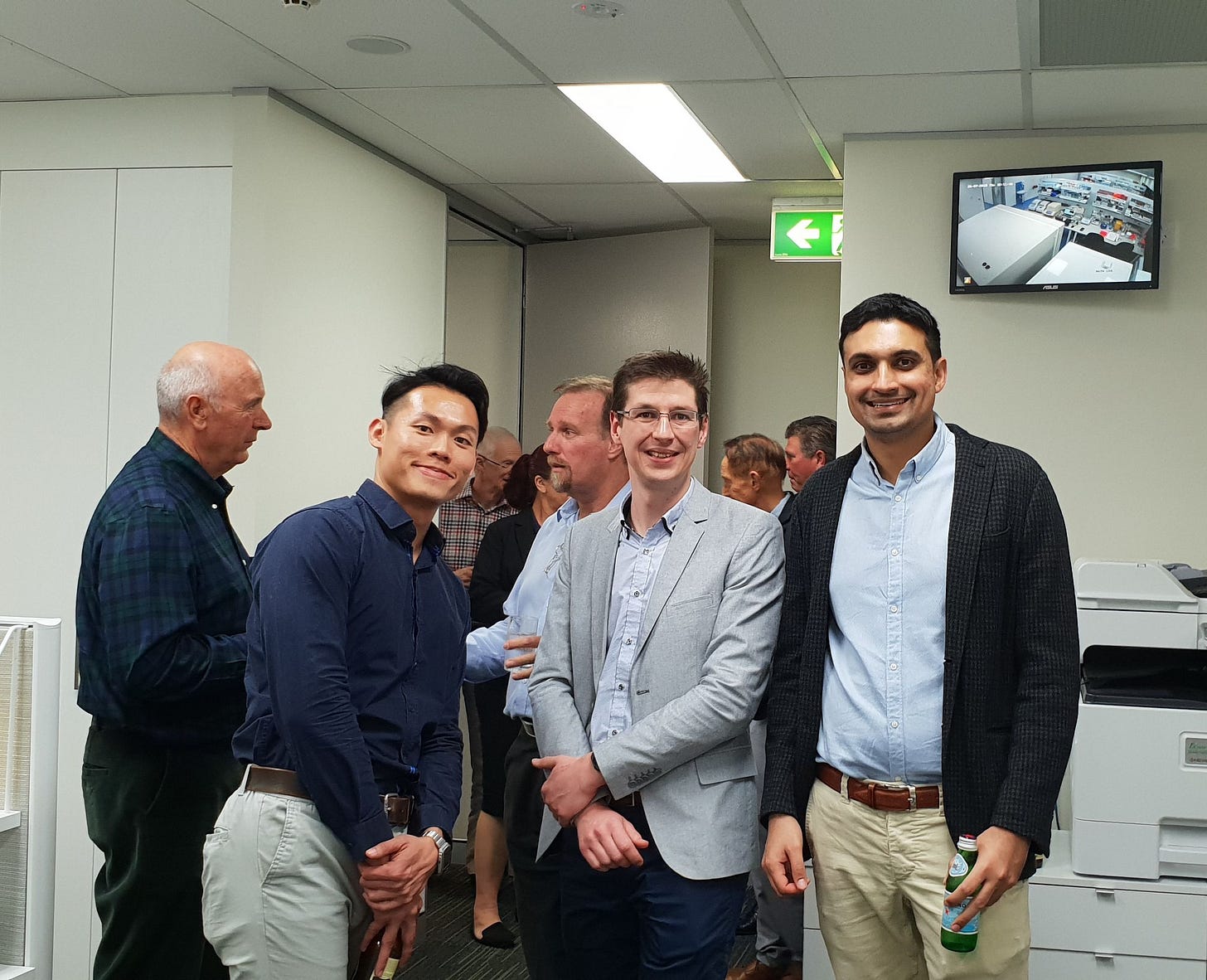From Scientist to Product Manager: My Journey of Discovery
The Journey from PhD to PM
The Starting Point
Over a decade ago, when I began my PhD, I knew I wanted to move into industry to create science-based products. I envisioned a straightforward path: invent intellectual property (IP), persuade the university to patent it, and spin out a start-up. However, joining a spinout formed by my PhD advisor revealed that IP creation is only the beginning of the commercialisation journey. The real challenge lay in Product Management—the discipline of validating customer needs, aligning stakeholders, and delivering viable products.
Early Days at the Spinout
Bridging Science and Business
Our spinout licensed several pieces of IP, including the one I developed during my PhD and Postdoc. We aimed to build precision diagnostics, but we lacked foundational Product Management practices: product–market fit, minimal viable products, and systematic voice-of-the-customer research.
Build vs. Buy: A Hard Lesson
We dedicated a year of precious angel funding to setting up a BSL-2 lab and implementing a quality system to legally sell our next-generation sequencing (NGS) cancer test. However, we neglected to consult oncologists about which biomarkers they truly needed. Instead of focusing on a small set of actionable biomarkers, we developed a 1,000-gene panel that didn’t address their immediate needs. Additionally, we built our own Laboratory Information Management System (LIMS) from scratch instead of evaluating proven third-party tools. These oversights stretched our timeline and budget by approximately 100%.
Transitioning to Product Development
Recognising the delays, the company decided to accelerate our path to accreditation by moving me from the lab to product development. I inherited the LIMS project midway and adopted a lean, agile approach—focusing solely on the essential features required for certification and deferring "nice-to-haves" for post-accreditation. This strategic pivot halved our time to launch. Although our product wasn’t a traditional software offering, I was managing complex decisions and orchestrating cross-functional teams of scientists, engineers, and external stakeholders.

Joining a Public Med-tech Company
Partnering Under the Science-Led Structure
When I joined a public med-tech company developing cutting-edge gut-health diagnostics, the company was still operating under a science-led structure. Product and engineering teams worked in separate business units, making cross-functional collaboration challenging. To bridge this gap, I actively partnered with engineering squads by attending their stand-ups, understanding their workflows, and building trust. I saw this outreach as a way to align product and engineering efforts even before we moved to a product-led model.
Embracing Agile and Software Collaboration
Through my collaboration with engineering teams, I deepened my expertise in agile practices such as sprint planning, user story mapping, and backlog grooming. These approaches enabled us to iterate more effectively, incorporate customer feedback faster, and maintain better alignment with business objectives. My background in hypothesis testing and data-driven decision-making naturally complemented these practices, allowing me to bridge the gap between the rigorous demands of biotech and the flexibility of software development.
Driving a Product-Led Transformation
The arrival of a new Chief Product Officer (CPO), formerly from Uber, marked the beginning of a radical shift toward a product-led operating model. I was assigned a dedicated product squad, complete with engineering resources, and tasked with defining our squad’s principles, setting OKRs, and shaping the roadmap. This transformation unified previously siloed teams, enabling us to align more effectively with the company’s growth targets and innovation goals.
Implementing and Driving OKRs
While the CPO introduced Objectives and Key Results (OKRs) at the company-wide level, I played a crucial role in driving their adoption within my squad. By translating strategic objectives into actionable goals, I ensured that our efforts were measurable and directly tied to company outcomes. This shift gave our teams clarity and focus, fostering a stronger culture of accountability and collaboration.
My Key Takeaways
Customer Discovery is Crucial
Whether in biotech or software, understanding customer needs early prevents building the wrong solution.Build vs. Buy
Re-inventing the wheel is rarely worth it. Evaluate off-the-shelf options before investing heavily in custom solutions.Science + Product Synergy
Hypothesis testing, data-driven decisions, and rigorous experimentation—core to scientific work—translate well into product strategy.OKRs and Agile Execution
Clear, measurable objectives and short iteration cycles help cross-functional teams stay aligned and deliver tangible impact.
Where I’m Headed
Reflecting on my journey from wet-lab science to product leadership, I recognise how each stage—from building a diagnostic start-up to consulting for diverse med-tech companies, and finally leading product squads has equipped me with a comprehensive perspective on commercialising deep-tech products. My scientific background deepened my analytical rigor, my start-up experiences honed my customer discovery and strategic decision-making, and my time at the public med-tech has uplifted my skills in aligning teams and managing agile software projects.
Looking ahead, I’m eager to leverage this unique blend of scientific knowledge and product management expertise to grow as a deep-tech Product Manager. I am prepared to lead larger product portfolios and drive strategic initiatives that deliver significant business value. My journey has taught me that successful product management in deep-tech requires a balance of technical understanding, customer empathy, and strategic execution—all of which I bring to the table.
Thank you for reading. I hope my experiences illustrate how deep-tech research and robust product management principles can combine to create meaningful solutions for patients and consumers alike.
P.S. If you’re interested in another scientist’s perspective on navigating academia and industry, I highly recommend checking out my friend and former colleague Kevin Koo’s excellent write-up:
https://www.linkedin.com/pulse/heads-tails-academicindustry-scientific-careers-both-sides-koo-nixxc



